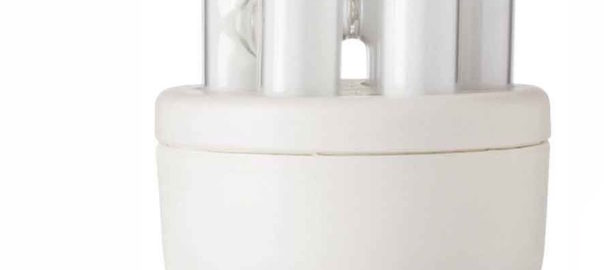
Lighting’s journey from inefficient halogen to earth-friendly compact fluorescent lamps (CFL) and light emitting diodes (LED) has not been a simple one. When LED bulbs were first released, their limitations made them too rudimentary a solution for ambitious designs. Years of innovation have passed since then, so the question of whether CFL or LED is best has become a little more complicated to answer.
LED: A Lasting Solution
LED lights have an incredible lifespan, but a higher upfront cost. They now give designers far more exciting effects and colors than CFLs can manage, but they are directional by design. Even LED floodlights have some degree of directionality, so they make poor ambient lights unless they have diffusers. When layering lighting, new LED innovations are better than CFLs at diffusing color. They can be dimmed and tend to generate less noise. They burn coolly at 75% fewer watts than halogen.
CFL: The Easy Option
CFLs resemble the look of halogen because they diffuse light naturally and can be fitted into standard light sockets. This means if you’re upgrading from halogen and want to save pennies, CFL stretches your money further in the short term. For this reason, 100 million of them were sold in the USA alone in 2009. This kind of bulb is incredibly subtle, but it contains mercury, so it’s somewhat more challenging to dispose of. CFLs can’t be thrown away with last night’s leftovers. They should be recycled, which might come with an extra charge. Some retailers will recycle used bulbs safely for free.
Comparing CFLs and LEDs is like comparing oranges and apples. Depending on your home, they might function best as a team, with CFLs handling ambient and natural lighting and LEDs taking over floodlights, task lamps, and colorful accents.
Need help picking which one’s best for your home? The experts at Premier Lighting can help.

